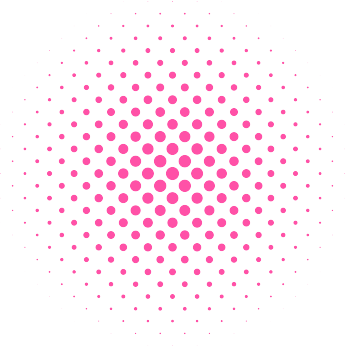FINEST Image Quality
FINEST Durability
FINEST Usability

As a SAAS web crawler expert, I help organizations to the expanding significance of internet promoting.
It is wireless in general and there are wired panels based on customer request.
















Get all new updates about our products and more.
Loading......